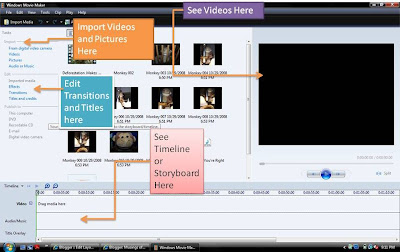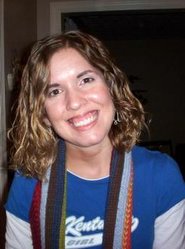
- Compare and Contrast the European Cold Advancements to the American Cold Advancements.
- How has your life been impacted by the cold advancements? Pick one of the inventions talked about today.
Race to Absolute to Zero
Video Notes - Keep track of Dewer and Onnes
Assignment
- Describe the set up of their experiments and how it worked to reach colder and colder temperatures.
- Write a poem describe the race to absolute zero.
- What does it mean to be “in a race with the goal post constantly moving?” Describe a time when you have experienced this in your own life.
I have students offer unique and thoughtful answers to these assignments. I am impressed by my students creativity and you may be too. I often give students a choice of assignments and do not assign all of the them.



